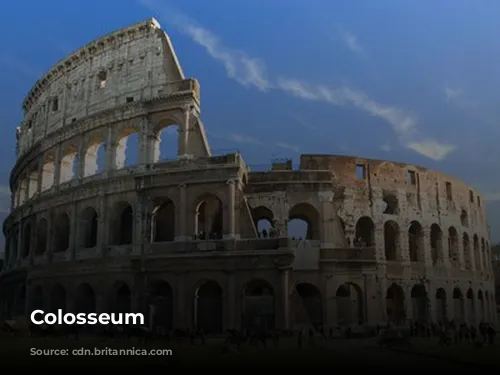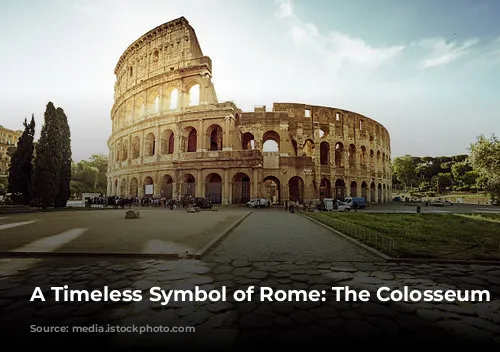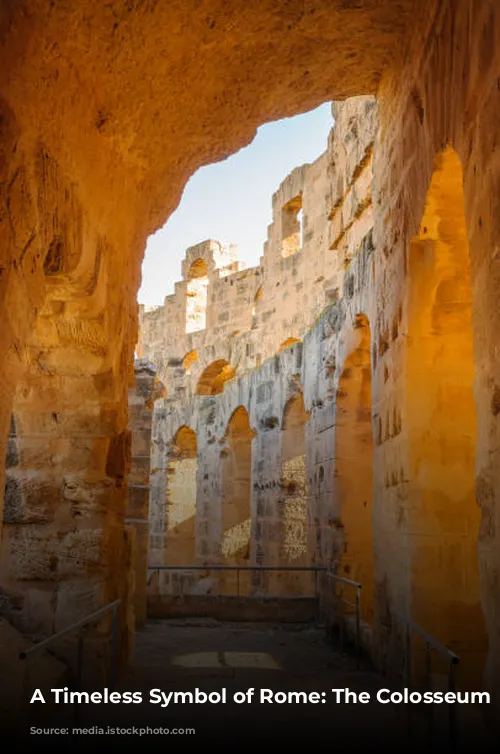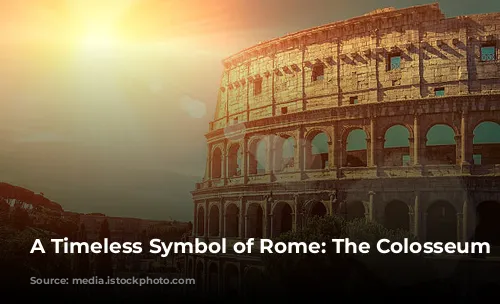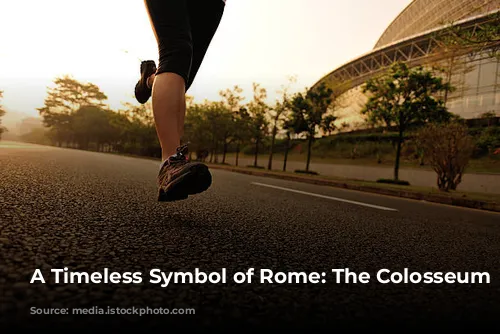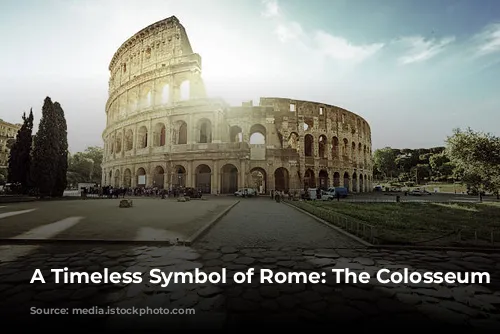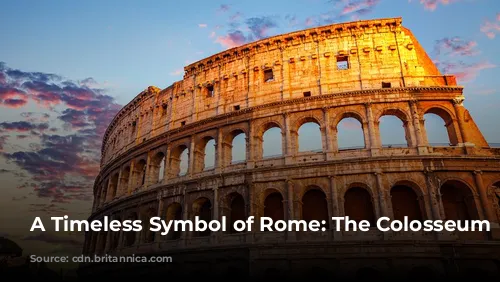The Colosseum, a majestic amphitheater built in ancient Rome, stands today as a testament to the Roman Empire’s impressive architectural prowess. This iconic landmark, one of the few structures from that era to survive mostly intact, serves as a powerful reminder of Rome’s grandeur and its influence on the world. Not only is it a historical treasure, but it also plays a significant role in the Italian economy, attracting millions of tourists each year.
In 2018, the Colosseum, along with the Roman Forum and Palatine Hill, generated over $63.3 million (€53.8 million), making it the most lucrative tourist attraction in Italy. The enduring popularity of this ancient site highlights its importance both for its historical significance and its captivating beauty.
A History of Resilience: From Arena to Quarry
The Colosseum’s journey through time is a testament to its enduring strength, even as it faced periods of neglect and hardship. After the fall of the Western Roman Empire, the arena fell into disrepair. It was repurposed as a fortress by powerful families like the Frangipane and Annibaldi during the 12th century.
In the late 15th century, Pope Alexander VI allowed the Colosseum to be used as a quarry, a devastating blow to this architectural marvel. For over a thousand years, the Colosseum was stripped of its marble and decorative elements, its grandeur slowly eroding. Fortunately, the 1990s saw the beginning of state-funded restoration efforts, a long-awaited step towards preserving this iconic structure.
A Symbol of Power and Entertainment: The Colosseum’s Purpose
The construction of the Colosseum was a bold undertaking, a symbol of the Roman Empire’s power and its dedication to public entertainment. Built under the reign of Emperor Vespasian, it was designed as a venue for captivating spectacles, offering a glimpse into Roman society’s love for entertainment.
The Colosseum hosted gladiatorial combats, animal hunts, and even mock naval battles, attracting tens of thousands of spectators. These events were a testament to the Roman Empire’s desire to entertain and awe its citizens, showcasing their skill and their might.
A Monument of Engineering: Construction and Design
The Colosseum was a marvel of engineering, an impressive testament to the Roman Empire’s mastery of construction techniques. Its construction, begun between 70 and 72 CE under Emperor Vespasian, involved skilled labor and innovative techniques. The completed structure, dedicated in 80 CE by Vespasian’s son, Emperor Titus, became a testament to the Roman Empire’s engineering prowess.
The Colosseum is a freestanding structure, a testament to the Romans’ skill in building without relying on hillsides for support. Made of stone, concrete, and tuff, it stands four stories high, measuring 620 by 513 feet (189 by 156 meters). Its intricate design features arcades, engaged columns, and a complex system of barrel and groin vaults.
A Tapestry of Entertainment: From Gladiators to the Velarium
The Colosseum’s sheer size allowed it to accommodate up to 50,000 spectators, offering a glimpse into the grandeur of Roman entertainment. This massive arena was used for gladiatorial combat, thrilling animal hunts, and even elaborate mock naval battles.
The Colosseum featured a retractable awning called a velarium, offering shade to the spectators. This impressive feat of engineering involved hundreds of Roman sailors working together to manipulate the rigging, a testament to the Roman Empire’s resourcefulness and ingenuity.

A Legacy of Resilience: Preserving the Colosseum
The Colosseum has endured through centuries, facing vandalism, pollution, and neglect. Despite its resilience, the Colosseum suffered significant damage, with its marble seats and decorative elements plundered for centuries.
The 19th century saw the beginning of preservation efforts, with notable contributions from Pope Pius VIII. In the 1990s, a comprehensive restoration project was launched, aiming to preserve this iconic structure for future generations. Today, the Colosseum stands as a symbol of Rome’s historical grandeur, attracting millions of visitors who marvel at its enduring beauty and resilience.

